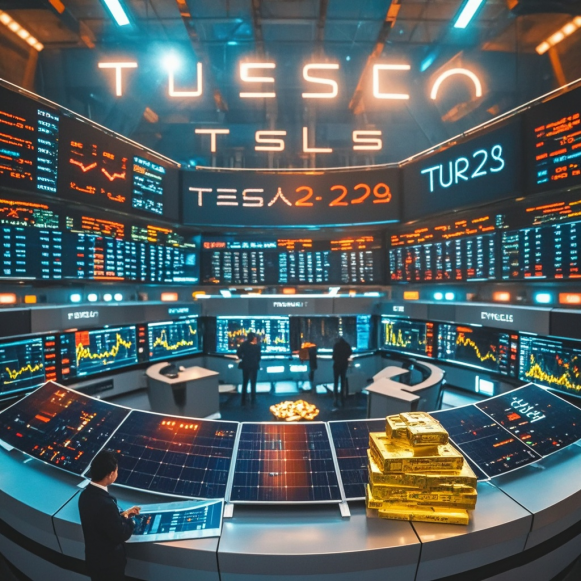U.S. Stock Market Dynamics: Indices Close Lower Amid Divergent Stock Performances, Gold Futures Rally Strongly
On May 20 local time, the U.S. stock market presented a complex picture, with all three major indices closing in negative territory while individual stocks showed significant divergence. Meanwhile, international gold futures surged sharply, capturing widespread investor attention.
During the session, the Dow Jones Industrial Average fell by 0.27%, the Nasdaq Composite dropped 0.38%, and the S&P 500 declined 0.39%. Overall market pressure was evident, with most major tech stocks trending downward. Notably, giants like Amazon and Google saw their shares drop over 1%. Given their substantial weight in the U.S. stock market, the decline in these tech stocks exerted a negative impact on overall market sentiment.
Travel services and cruise-related stocks were among the worst performers of the day. Norwegian Cruise Line and Airbnb, among others, fell more than 3%. With the resurgence of COVID-19 cases in some regions and adjustments to containment measures, the recovery of the travel industry has faced renewed disruptions. Investors have revised their outlook for travel and cruise-related sectors, leading to notable declines in related stocks.
However, the market was not entirely bleak, as individual stocks displayed significant divergence. Tesla stood out with an intraday surge of nearly 4%, though it later pared gains to close at $343.82, up only slightly. As a leader in the electric vehicle sector, Tesla’s stock movements always attract attention. The intraday volatility may reflect shifting market expectations regarding its future production expansion, market share competition, and technological innovation. Despite the limited closing gain, the strong intraday performance underscored continued investor interest and divergent views on Tesla.
Most solar energy stocks closed higher, demonstrating resilience. Against the backdrop of growing global demand for clean energy, the solar industry—a key component of renewable energy—has maintained investor appeal. Governments worldwide have introduced supportive policies to promote solar project development, creating vast market opportunities for solar companies. The sector’s strong performance also reflects investor optimism about its long-term growth prospects.
Meanwhile, international gold futures rallied sharply. As a traditional safe-haven asset, gold’s price surge is often tied to rising market uncertainty and heightened investor risk aversion. Against the backdrop of declining U.S. stock indices and underperformance in certain sectors, investors flocked to gold as a hedge, driving futures prices higher.
In summary, the movements in the U.S. stock market and gold futures on May 20 reflect the complexity and uncertainty in global financial markets. The decline in major U.S. indices and the weakness in tech and travel-related stocks indicate market adjustment pressures. Meanwhile, Tesla’s volatility, the strength in solar stocks, and gold’s rally highlight divergent performances across sectors and asset classes in the current environment. Investors must stay attuned to market developments and exercise caution in decision-making amid evolving conditions. Going forward, the trajectories of U.S. stocks and gold futures will remain influenced by factors such as global economic recovery, pandemic developments, and policy adjustments.
